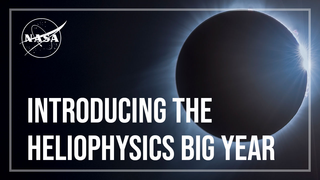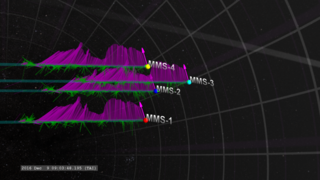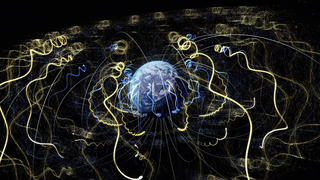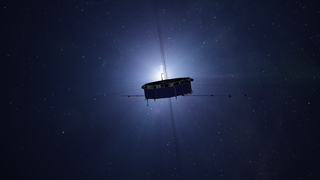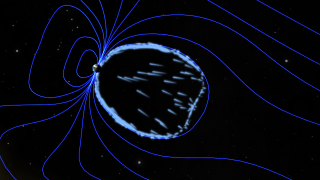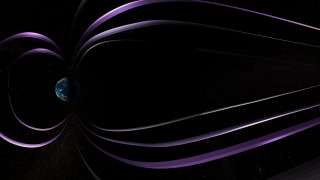Sun
ID: 12901
Though close to home, the space immediately around Earth is full of hidden secrets and invisible processes. In a new discovery reported in the journal Nature, scientists working with NASA’s Magnetospheric Multiscale spacecraft — MMS — have uncovered a new type of magnetic event in our near-Earth environment by using an innovative technique to squeeze extra information out of the data.
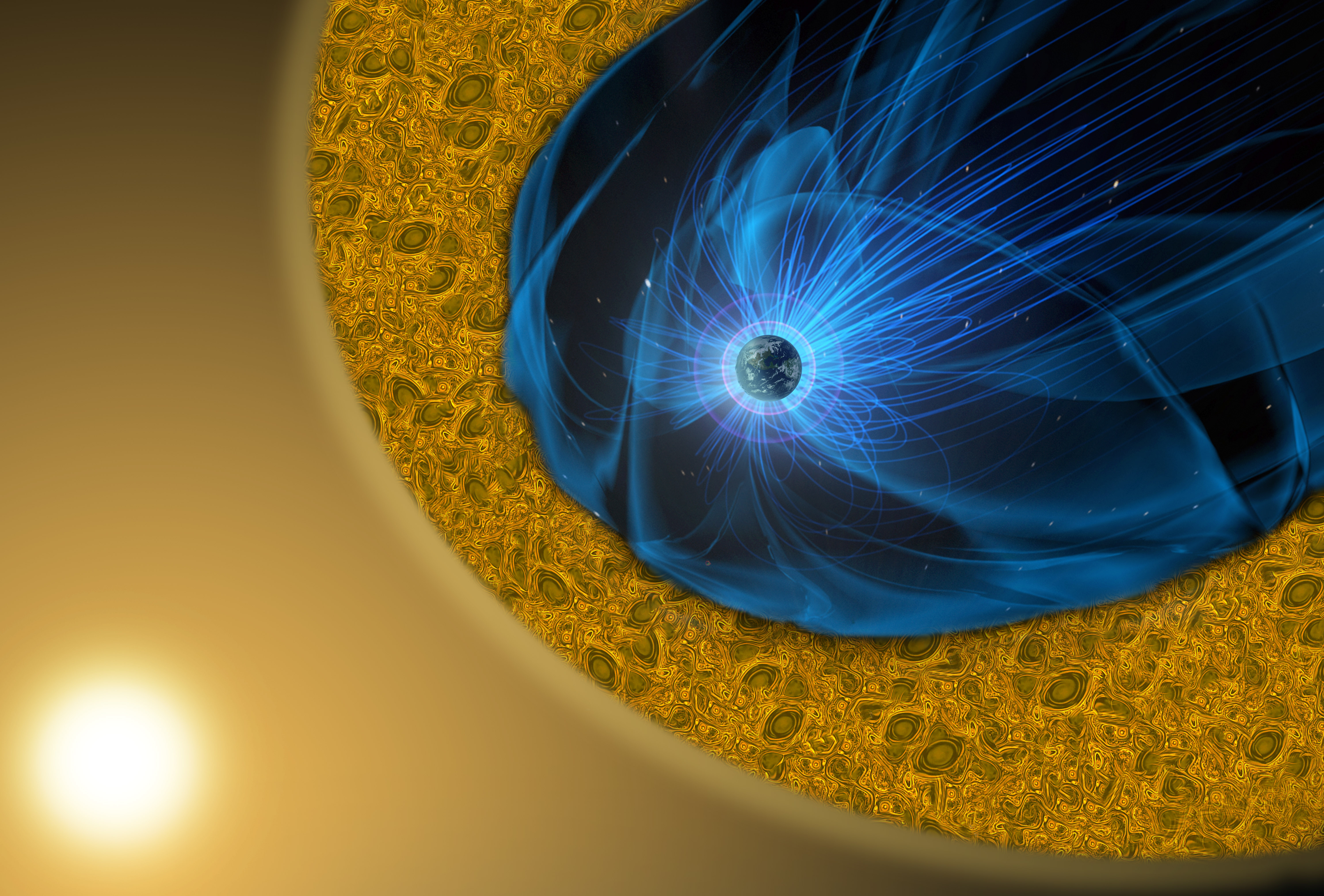
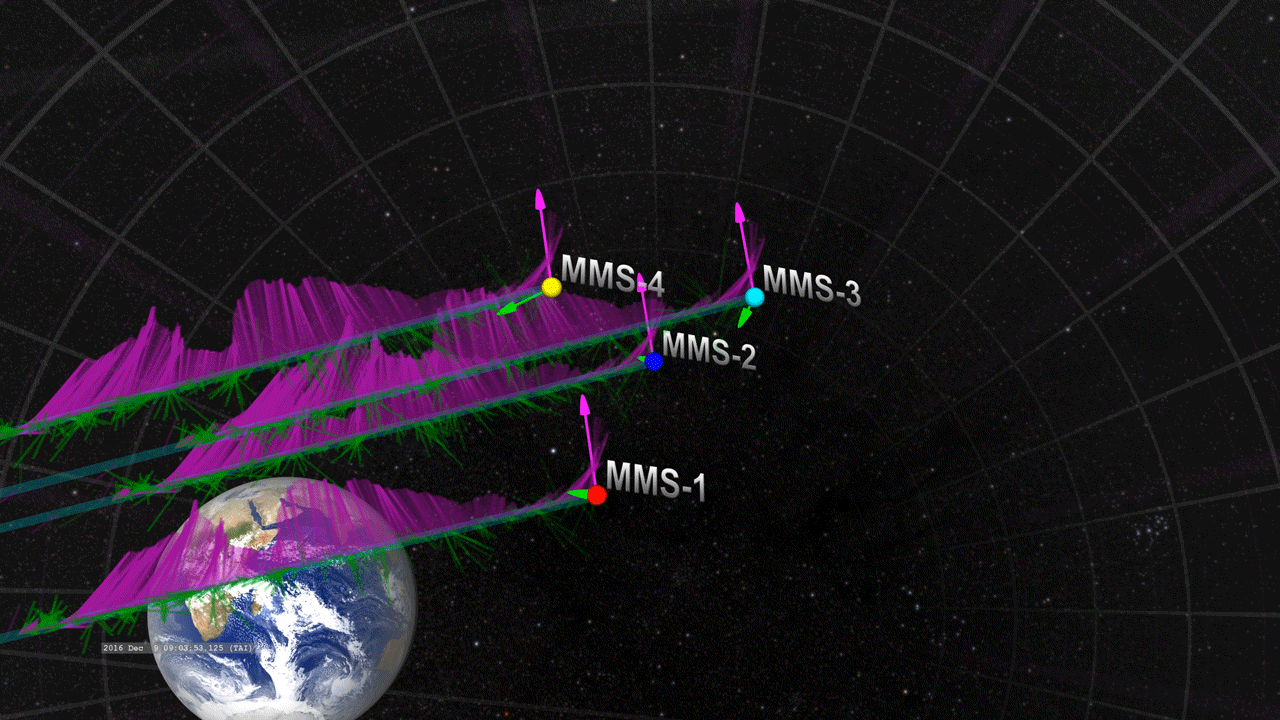


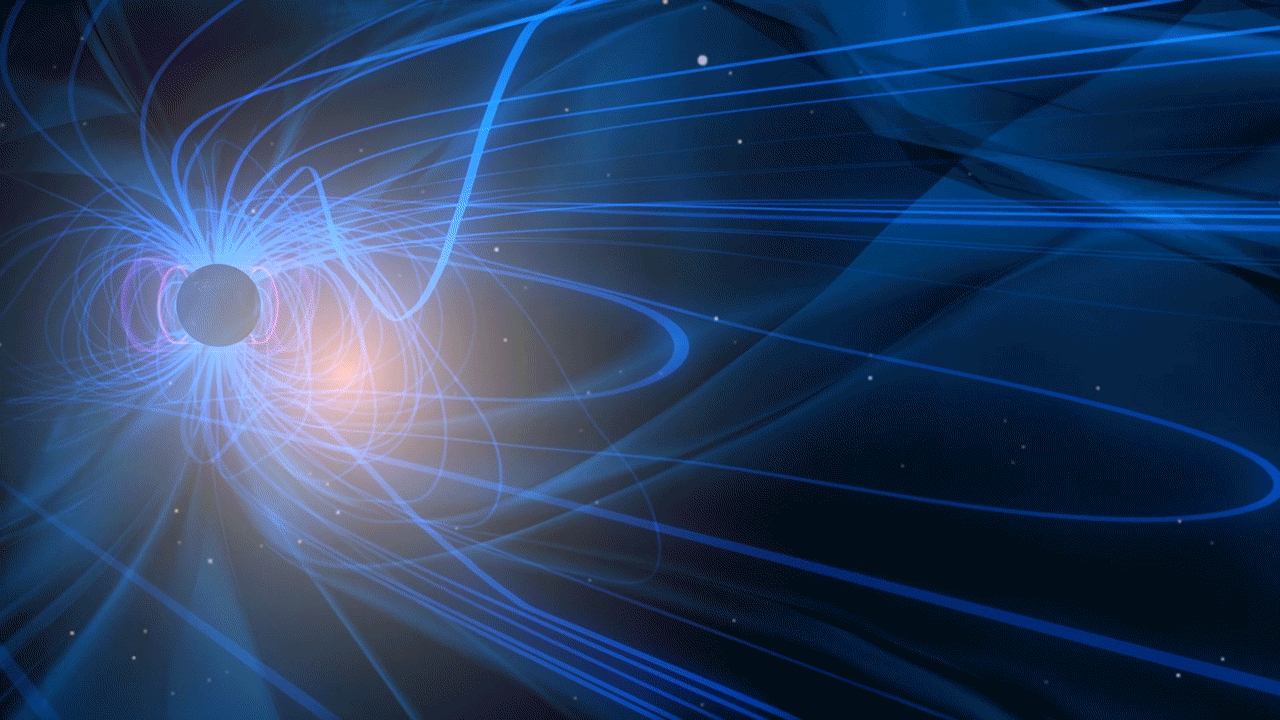
NASA Spacecraft Finds New Magnetic Process in Turbulent Space
Magnetic reconnection is one of the most important processes in the space — filled with charged particles known as plasma — around Earth. This fundamental process dissipates magnetic energy and propels charged particles, both of which contribute to a dynamic space weather system that scientists want to better understand, and even someday predict, as we do terrestrial weather. Reconnection occurs when crossed magnetic field lines snap, explosively flinging away nearby particles at high speeds. The new discovery found reconnection where it has never been seen before — in turbulent plasma.





Used Elsewhere In
Source Material
For More Information
Credits
Lead Scientist:
Tai Phan (University of California at Berkeley)
Scientists:
James Drake (University of Maryland)
Michael Shay (University of Delaware)
Jonathan Eastwood (Imperial College London)
Producer:
Joy Ng (USRA)
Writer:
Mara Johnson-Groh (Wyle Information Systems)
Data Visualizer:
Tom Bridgman (Global Science and Technology, Inc.)
Lead Animators:
Lisa Poje (Freelance)
Josh Masters (USRA)
Animators:
Walt Feimer (KBR Wyle Services, LLC)
Brian Monroe (USRA)
Joy Ng (USRA)
Graphic Designer:
Mary P. Hrybyk-Keith (TRAX International)
Visualizers:
Colby Haggerty (University of Chicago)
Ashley Michini (University of Pennsylvania)
Tulasi Parashar (University of Delaware)
Technical Support:
Aaron E. Lepsch (ADNET Systems, Inc.)
Tai Phan (University of California at Berkeley)
Scientists:
James Drake (University of Maryland)
Michael Shay (University of Delaware)
Jonathan Eastwood (Imperial College London)
Producer:
Joy Ng (USRA)
Writer:
Mara Johnson-Groh (Wyle Information Systems)
Data Visualizer:
Tom Bridgman (Global Science and Technology, Inc.)
Lead Animators:
Lisa Poje (Freelance)
Josh Masters (USRA)
Animators:
Walt Feimer (KBR Wyle Services, LLC)
Brian Monroe (USRA)
Joy Ng (USRA)
Graphic Designer:
Mary P. Hrybyk-Keith (TRAX International)
Visualizers:
Colby Haggerty (University of Chicago)
Ashley Michini (University of Pennsylvania)
Tulasi Parashar (University of Delaware)
Technical Support:
Aaron E. Lepsch (ADNET Systems, Inc.)
Please give credit for this item to:
NASA's Goddard Space Flight Center
NASA's Goddard Space Flight Center
Short URL to share this page:
https://svs.gsfc.nasa.gov/12901
Mission:
Magnetospheric Multiscale (MMS)
This item is part of these series:
Narrated Movies
MMS
Keywords:
SVS >> HDTV
SVS >> Magnetic Reconnection
SVS >> Magnetosphere
SVS >> MMS
NASA Science >> Sun
SVS >> Magnetosheath
SVS >> Electron Magnetic Reconnection
https://svs.gsfc.nasa.gov/12901
Mission:
Magnetospheric Multiscale (MMS)
This item is part of these series:
Narrated Movies
MMS
Keywords:
SVS >> HDTV
SVS >> Magnetic Reconnection
SVS >> Magnetosphere
SVS >> MMS
NASA Science >> Sun
SVS >> Magnetosheath
SVS >> Electron Magnetic Reconnection
